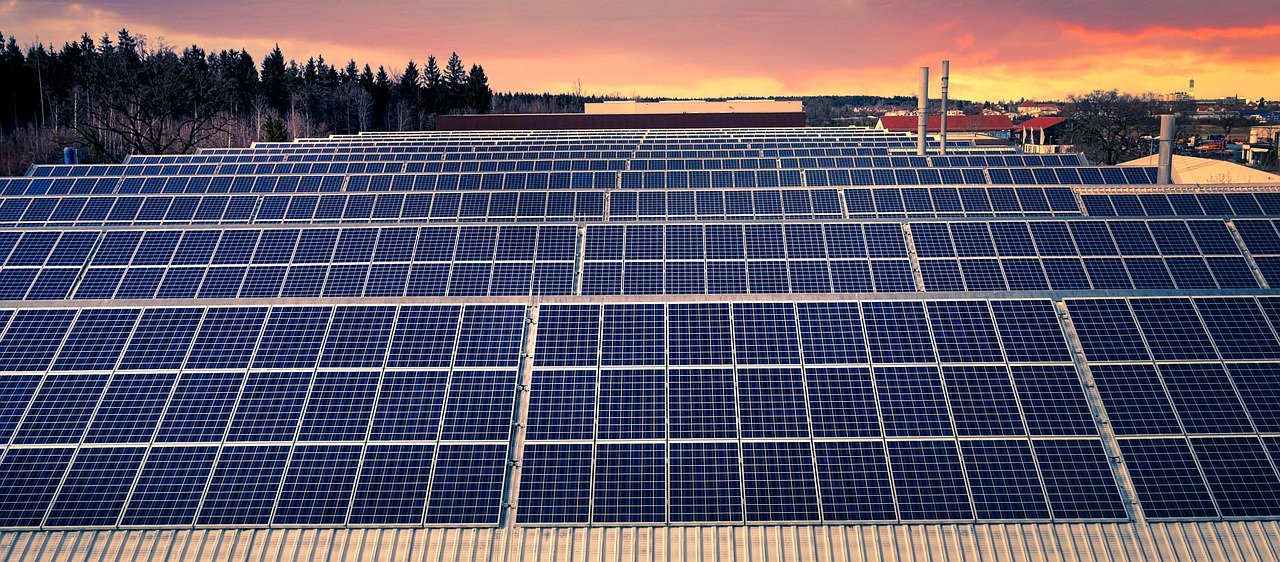This post is also available in:
 עברית (Hebrew)
עברית (Hebrew)
In a significant leap for renewable energy, researchers have unveiled a groundbreaking hybrid device designed to enhance solar energy adoption worldwide. This innovative technology uniquely combines two powerful systems: molecular solar thermal energy storage and traditional silicon-based photovoltaic energy, marking a pivotal advancement in energy storage efficiency and total solar energy utilization.
Solar energy plays a crucial role in the transition to renewable energy, converting sunlight into electricity. However, its intermittent nature poses challenges, particularly when energy production does not align with demand. As noted by the research team led by Professor Kasper Moth-Poulsen from the Barcelona East School of Engineering (EEBE), efficient energy storage systems are vital for ensuring a reliable power supply. Moth-Poulsen explained that these technologies often underperform due to the heating they experience, which diminishes both energy production and the durability of photovoltaic systems.
The newly developed hybrid device, known as the Molecular Solar Thermal (MOST) system, addresses these issues head-on. By integrating a silicon solar cell with this innovative storage system, the MOST technology utilizes organic molecules that change upon absorbing high-energy photons, such as ultraviolet light. These molecules capture and store energy for later use, while also acting as an optical filter that cools the photovoltaic cells. This cooling effect is crucial, as it prevents overheating, a common issue that hampers system efficiency.
Another advantage, according to the press release, is that MOST uses abundant elements like carbon, hydrogen, oxygen, and nitrogen, which makes it a more environmentally friendly option.
Impressive performance metrics underscore the potential of this innovation. In practical tests, the hybrid device achieved a record energy storage efficiency of 2.3% for molecular thermal solar energy. Furthermore, it demonstrated the ability to lower the temperature of photovoltaic cells by as much as 8°C, leading to a remarkable increase in efficiency of 12.6%. Overall, the combined system operates with a solar utilization efficiency of up to 14.9%, a significant improvement over existing hybrid solar technologies.
The implications of this advancement are profound. By merging photovoltaic energy with molecular thermal storage, the MOST system not only enhances performance but also reduces the environmental impact associated with conventional energy storage methods (such as batteries). This innovative device represents a critical step toward a cleaner, more efficient energy future, offering a sustainable solution to meet the escalating global energy demands.
As the world continues to seek alternatives to fossil fuels, the MOST system stands out as a promising development, capable of revolutionizing how we capture and store solar energy. With such innovations, the pathway to a sustainable energy future looks brighter than ever.


























